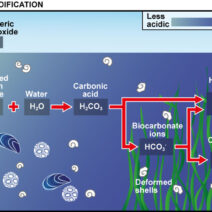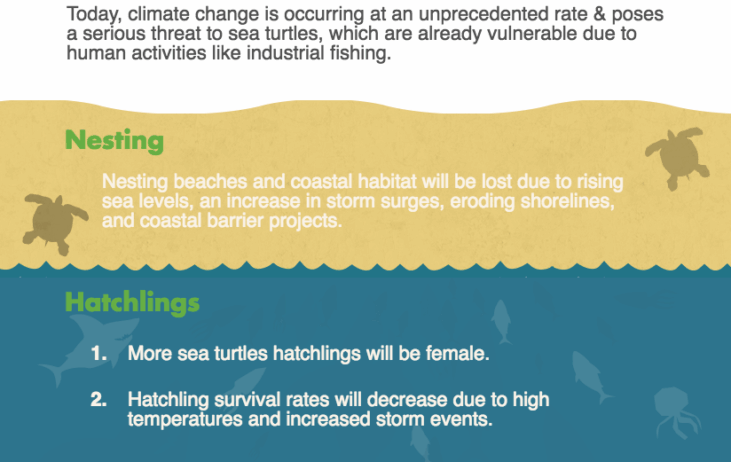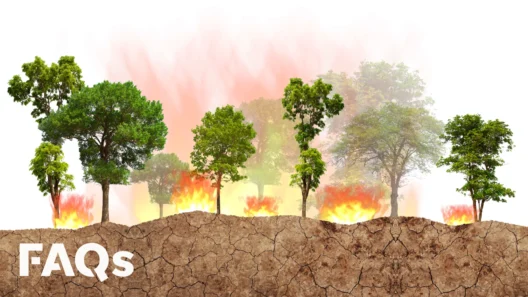As Earth’s climate undergoes profound transformations, sea turtles find themselves at a precarious juncture. These ancient mariners, having roamed the oceans for millions of years, are now facing existential threats primarily induced by climate change. With rising temperatures, altered oceanic currents, and shifting weather patterns, the survival of sea turtles hangs in a delicate balance. Among the most pressing concerns is their nesting behavior, which is crucial for the perpetuation of their species.
To understand the gravity of the situation, it is essential to delve into the various dimensions of how climate change affects sea turtles, particularly during their nesting seasons. The nesting habitats, predominantly located on sandy beaches, are vulnerable to climatic shifts. Rising sea levels and increased frequency and intensity of storms jeopardize these crucial sites, threatening to inundate or erode nesting areas. High tides and storm surges can obliterate nests before the eggs have a chance to hatch.
Moreover, the very sands in which sea turtles lay their eggs are not immune to these shifts. The temperature of the sand plays a critical role in determining the sex of sea turtles. When eggs are incubated at warmer temperatures, they tend to yield female hatchlings, while cooler conditions produce males. With global temperatures escalating, predictions indicate skewed sex ratios in future populations. This phenomenon poses significant risks to genetic diversity and may ultimately jeopardize the species’ long-term viability.
Additionally, the timing of nesting is intricately linked with environmental cues. Effective nesting strategies arise from a finely tuned relationship between temperature, moon cycles, and ocean currents. As climate change disturbs these parameters, it disrupts the synchronization necessary for successful reproduction. The emergence of hatchlings is especially vulnerable; they often rely on instinctual migratory patterns and sensory cues from the environment to find their way to the ocean. Disruption in these natural cues may hinder their survival rates, leading to more hatchlings failing to thrive beyond their initial journey.
In tandem with these immediate threats, sea turtles face a broader, more insidious challenge—habitat degradation. Coastal developments, pollution, and overfishing exacerbate the vulnerabilities of nesting sites. As marine habitats suffer degradation, so too do the food sources that sustain adult turtles. Overexploited fisheries and plastic pollution not only threaten the turtles’ food web but can also lead to higher rates of entanglement and ingestion of harmful materials. When combined with the stressors unleashed by climate change, the outlook becomes increasingly dire.
Nevertheless, there is a glimmer of hope amidst this turmoil. Various conservation efforts are galvanizing communities, drawing attention to the plight of sea turtles and fostering new approaches to safeguard their nesting sites. Initiatives focused on habitat restoration aim to reinforce shorelines and promote the growth of native vegetation that can provide essential cover for nesting areas. Furthermore, researchers are employing innovative techniques such as satellite tracking and nesting site monitoring to better understand and protect turtle populations.
Educational programs that raise awareness about the impacts of climate change on sea turtles are crucial. By engaging local communities in conservation efforts, individuals are encouraged to take part in beach clean-ups, nest monitoring, and habitat restoration projects. Advocacy for sustainable fishing practices helps mitigate some of the anthropogenic pressures that turtles face, creating a ripple effect that can lead to more resilient populations.
Legislative efforts also play an integral role in protecting these magnificent creatures. Establishing marine protected areas (MPAs) allows for the sustainable management of crucial habitats and the regulation of human activities that threaten turtle populations. Policies aimed at mitigating climate impacts, coupled with community-driven conservation efforts, may pave the way for a more sustainable coexistence between humans and sea turtles.
Beyond mere survival, adapting to climate change will require a shift in our collective mindset towards ocean stewardship. Acknowledging the interconnectedness of ecosystems and the influence of human action on marine life is essential for fostering resilience. This paradigm shift calls for the adoption of sustainability practices that prioritize ecological balance over short-term gains. As we consider the future of sea turtles, we must embrace the notion that their survival symbolizes not just the fate of a species, but the health of our planet’s ecosystems.
In conclusion, while the effects of climate change loom large over the fate of sea turtles, the potential for resilience exists. By prioritizing conservation, embracing sustainable practices, and advocating for legislative measures designed to mitigate climate impacts, there is hope. The survival of sea turtles hinges on our collective ability to respond to these escalating challenges with urgency and dedication. As stewards of our planet, it is our responsibility to protect these ancient mariners and ensure that they continue to grace our oceans for generations to come.




